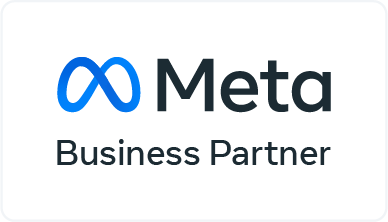If you’re about to launch an app to the market, you need to know the most common monetization models and which adapts best to your app to generate income. You are wondering how to monetize your free app? Keep reading!
Before launching your app, you have to define well all of its functionalities, your user acquisition strategy, and how to retain them. Then, you will have to think about the next step: how to earn money, that is to say how to transform user engagement into income for your business. There are different types of monetization for apps and you will have to find the strategy that works best for yours.
Tabla de contenidos
How to monetize your app?
Basically, apps are divided into two categories: the free ones and the ones you pay for. Maybe you think that free apps do not generate revenue as paying apps do, but the truth is that there are lots of ways to monetize free apps and to get even more revenue than with paying apps.
For example, imagine that your app is free, but requires a monthly subscription to access to exclusive content, or that your app is free but users pay for in-app purchases and you all include in-app ads. As you can see, there are various monetization options for your app to be profitable. In this article, we will explain you some of the most popular models so that you can see which is the most adequate for your app, or if the best options is to do a mix of them. Let’s go!
1. Freemium: Free + Additional Monetization Options
This is one of the most used model, and as we commented right before, this is when an app is free to download but once the users are loyal to the app, they have to pay for additional content. Within freemium models we can find:
- Per use: Limited use and you pay for more
Limited use is offered during a certain period of time or storage, and the users need to pay to have more time or storage. A good example of this is Dropbox, where they give you 2GB of storage space, and then you need to pay to access Dropbox Plus with 1TB of capacity.
- Free trial: Free during a limited period of time and you pay to keep using it
This model offers all of the functionalities of the app during a limited period of time so that the users can try them, and when this period is over, users need to pay to keep on using the app. For example, Netflix allows its users to access its content for free during one month and then, you have to pay.
- Functionality: Access to the basic services and you pay to access to more
This is the most common case for mobile games: you download the app for free, you start to play with a limited amount of characters, capacities, levels, etc. and you need to pay to get additional items.
- User Experience: Ads are appearing and you need to pay to get rid of them
The source of income of a lot of free apps are in-app adds and users need to pay to get rid of them in the app. This model is popular in video or music streaming services, such as Spotify: with the free account you hear ads between songs, and with the premium account you pay monthly to enjoy the service without any ad.
- Combination of various models
Some of these models are usually used together. That is the case for example with Spotify, where with the premium content you access to content without ads but also to exclusive content and other functionalities that the free account does not allow.
2. Paid or payment for download
When you pay to download the app and access all of the functionalities without having other monetization opportunities. This type of apps represent a small percentage of the market, as they represent an entrance barrier for users compared to free apps.
3. Paidmium: Paid + Additional Monetization Opportunities
This type of apps require that, after you pay for the app, you pay for additional services after you downloaded it. Monetization comes from in-app purchases or improvement of the user experience. Usually, paid apps do not have ads in the app and that what users are expecting when they download a paid app.
An example would be Minecraft that is a paid apps and to which users can add more content with an additional cost. In fact, Minecraft launched its own marketplace with it’s own money: Minecraft coins.
4. Subscription
The subscription model requires a recurrent payment, whether mensual or annual, to access the services, content or improvement of the app. The user first needs to download the app and then subscribe and pay periodically. The best is to acquire users through the free app and then to make them pay periodically to access the premium content.
This subscription model is one of the most used one and actually, Apple App Store and Google Play Store were making it profitable in their stores by offering an automatically renewable subscription.
 5. In-app purchases
5. In-app purchases
This type of apps usually are free to download and allow you to buy product or services through the app. An example of this would be Amazon Prime Video that offers in-app purchases. According to Leanplum, in-app purchases represent 47% of the total revenue generated by apps at a global level.
 6. In-app ads
6. In-app ads
In-app ads are one of the mechanisms that is gaining the most popularity as a monetization model. It turned into a successful income model for publishers like Snapchat, Facebook and YouTube that get the majority of their income through different forms of ads.
7. Affiliate Marketing
Affiliate Marketing is an app monetization method that consists in promoting products or services of other companies within the app in exchange for a commission when a user downloads the app, buys or engages with a product or service. There are a lot of networks that offer mobile affiliate programs such as Button, Yeahmobi, Mobvista, Apple App Store Affiliates, etc. The different actors of affiliate marketing are:
- Advertiser: the brand or service that wants to promote
- Networks: add the offers that the affiliate will review and choose
- Publisher or affiliate: use the offers to monetize their traffic
- User: the person that subscribes to the offers or make any other action linked to the offer
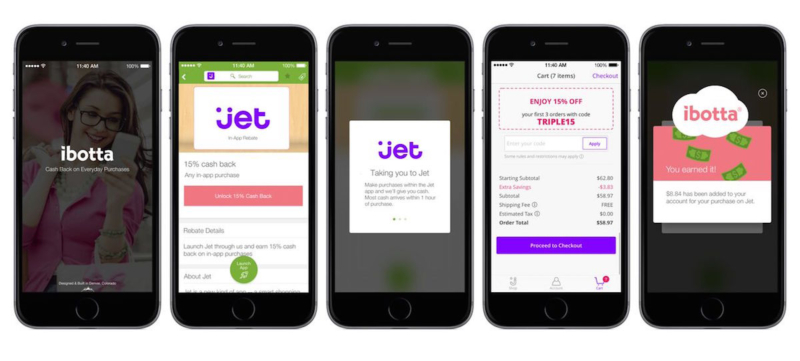
8. Sponsorship
The majority of apps developers are looking for investors that finance the creation of their app and turn them into a successful business. The way to approach investors is to offer them free ads within your app. For this reason, collaborating with other apps developers or businesses can be a great way to ensure additional funds for your project. If you decide to associate with a consolidated business, they will promote your app to their clients and followers and you will improve your downloads rate.
An example of an app sponsorship would be the one they explain in Retail Dive about Marriott that made a sponsorship of Gayot, an app of restaurant reviews written by professionals. By sponsoring the app, the credit card Premier of Marriott Rewards got to the travelers’ business target of the app Gayot where they advertised the benefits of getting rewards with the card, such as for example the possibility to gain 5 points for each dollar spent on Marriott hotels.
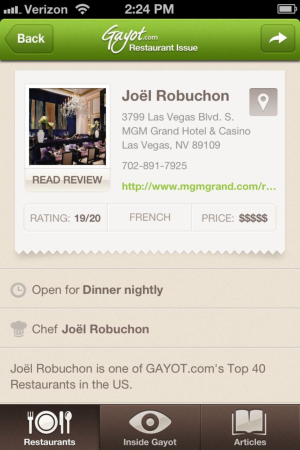
9. Mobile Marketing Automation
This consists in coordinating and sending marketing campaigns through mobile channels such as push notifications, in-app messages and email campaigns. The objective of these multi-canal campaigns is to convince users to make in-app purchases. To do so, there are marketing automation tools such as Braze or Leanplum that analyse users and coordinate these channels for the action to be more effective.
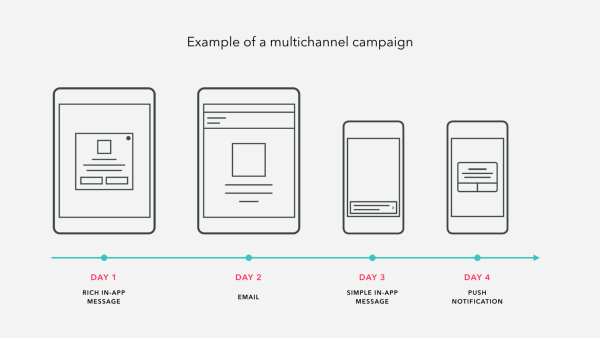
How to choose the best monetization option for your app?
App Annie’s 2017 report about monetization, where they made a poll with 1,200 apps professionals, reveals that the favorite ways to get more revenues are in-app purchases and in-app ads, followed by paid downloads. It varies if it is an app or a game. In the case of games, professionals prefer in-app purchases and in-app ads to get more incomes, while subscriptions and product commercialization are much more popular in apps but not in games.
After seeing all the different options that exist on the market, you need to know what your objectives are to choose well the best monetization strategy and earn money. According to them, choose the most adequate one for your app.
Share this post and leave us a comment!
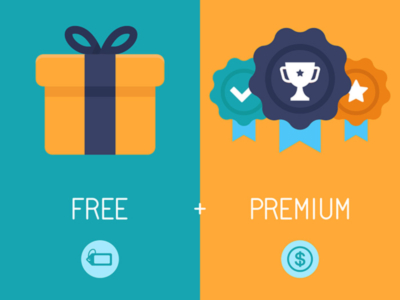
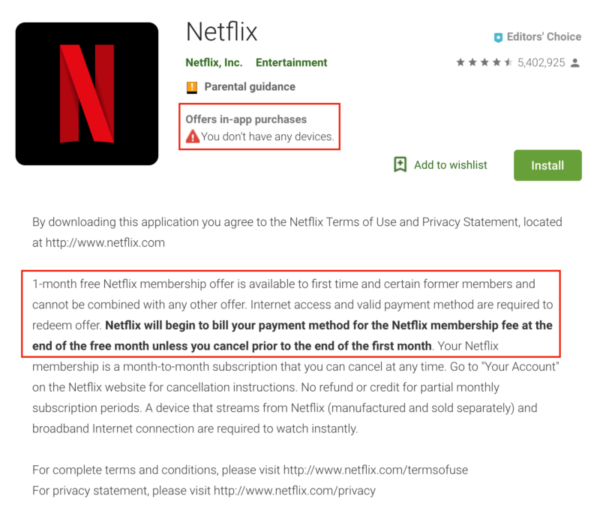

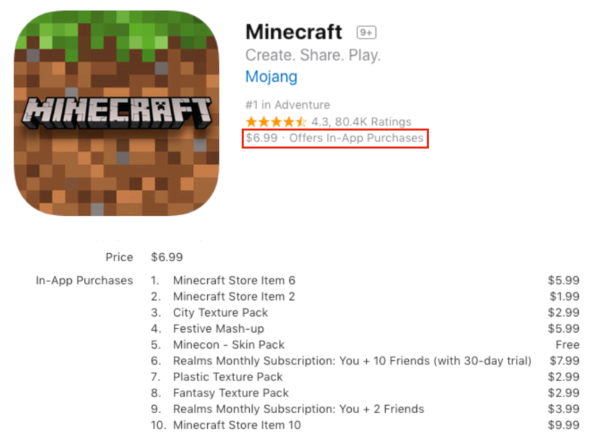
 5. In-app purchases
5. In-app purchases 6. In-app ads
6. In-app ads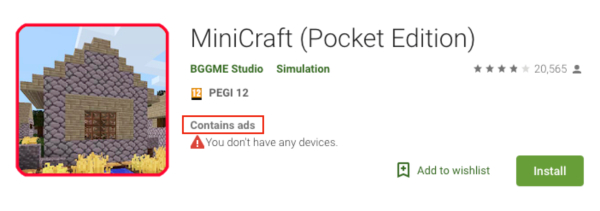
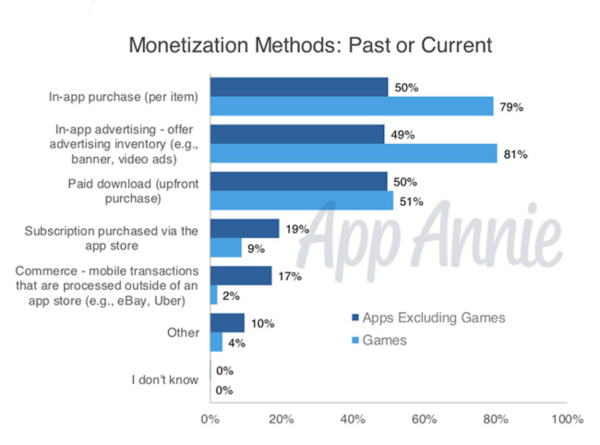


![Reciclos: +332% in Registrations Optimizing TikTok Ads [UA Case Study]](https://pickaso.com/wp-content/uploads/2023/01/case-study-reciclos-registrations-optimization-tiktok-ads-768x402.webp)
![Plazo App: +63% in Cards Activation [UA Case Study]](https://pickaso.com/wp-content/uploads/2023/01/EN_destacada_Case_Study_Plazo-768x402.webp)
![Uproad: +35% Pro Plan Users, -24% CPA in Google Ads UAC in the First Month [UA Case Study]](https://pickaso.com/wp-content/uploads/2022/12/EN_destacada_Case_Study_Uproad-768x402.webp)
![GoTo: +18% in installs & -52% in CPI with Custom Product Pages [Case Study UA]](https://pickaso.com/wp-content/uploads/2022/12/GoTo-CPI-CPA-custom-product-pages-case-study-ua-EN_2-768x402.webp)
